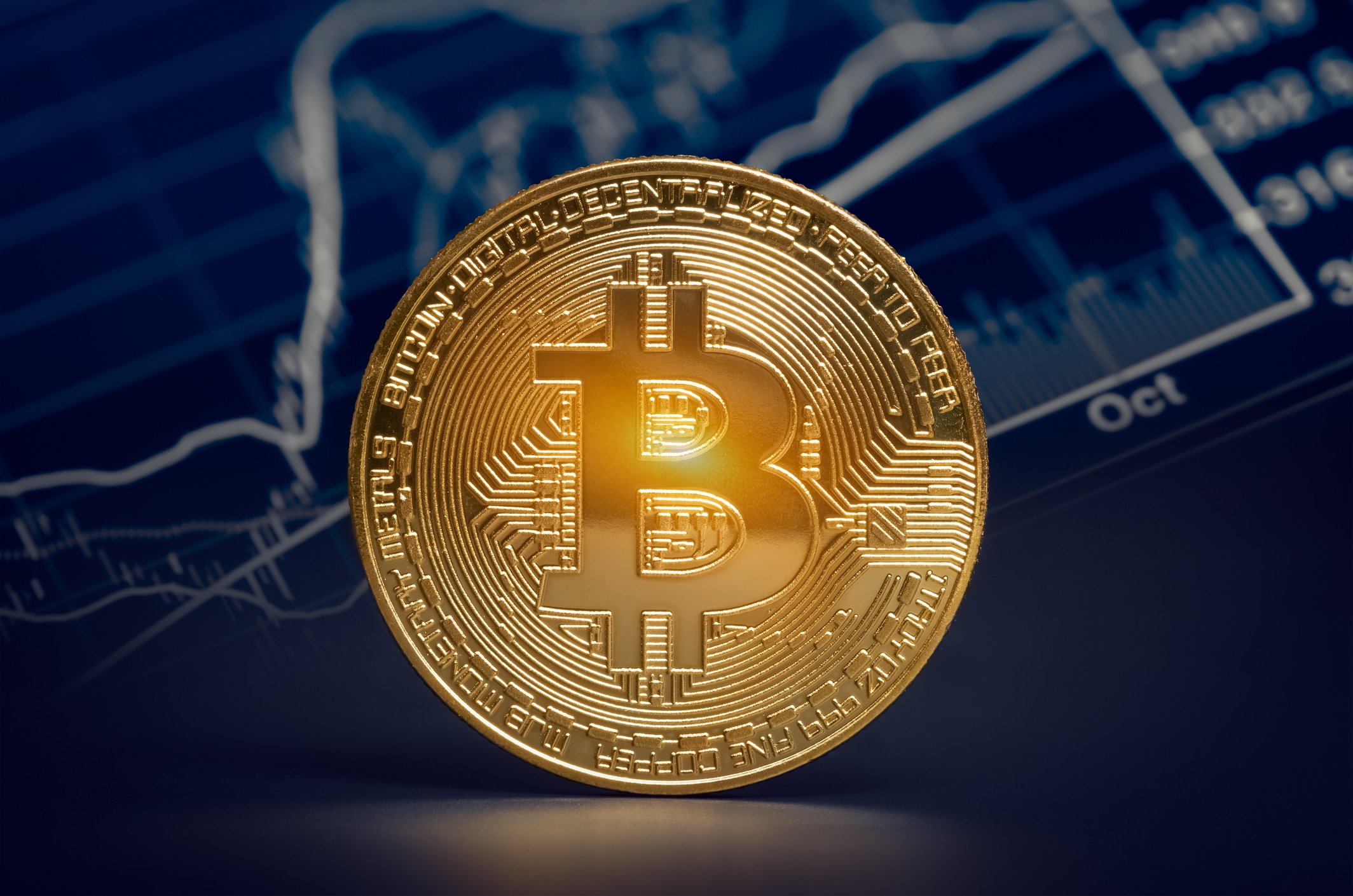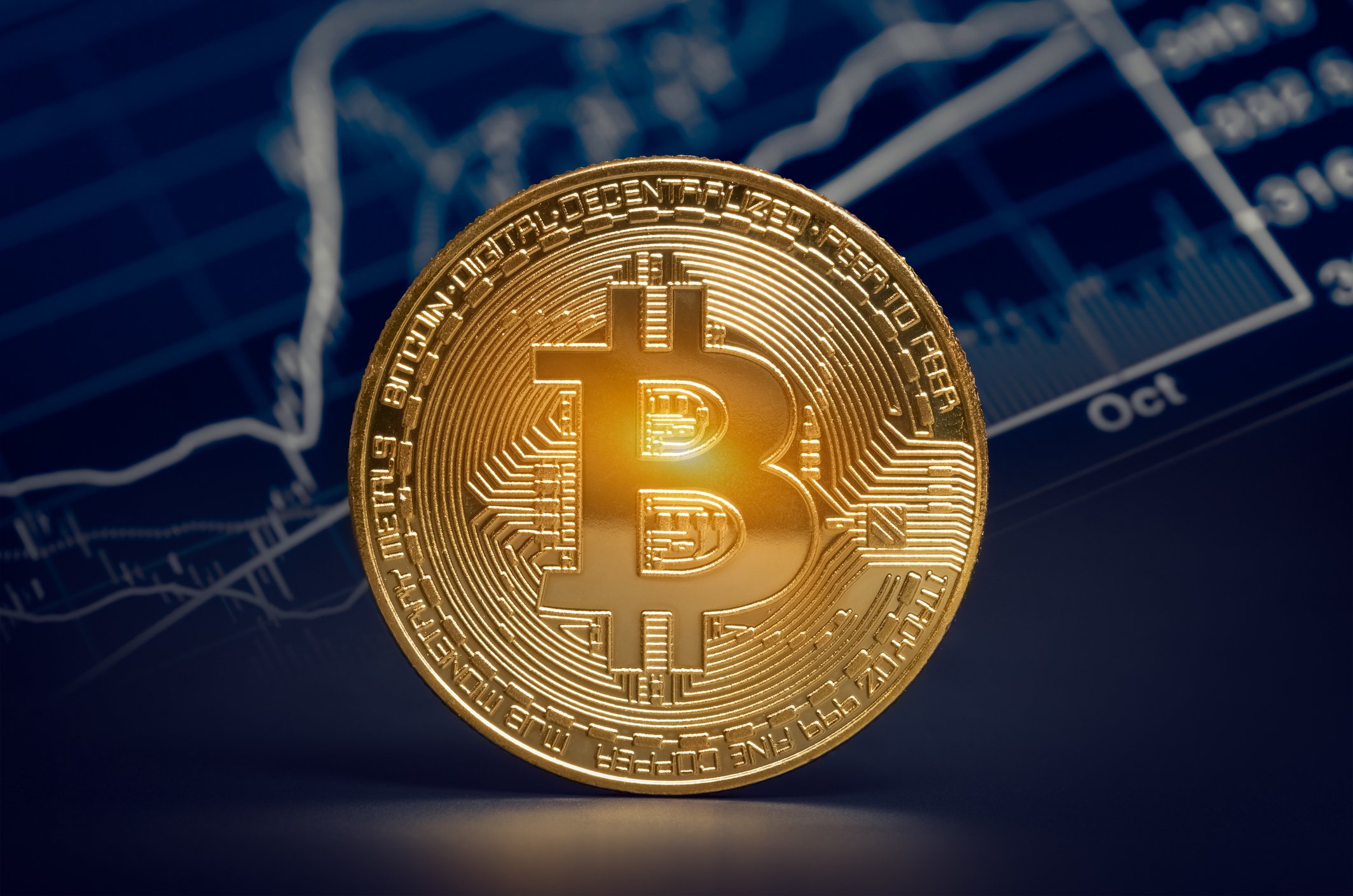Whenever President Joe Biden starts to discuss a possible recession, news outlets and the public start to get a little wary. In the coming weeks, we can expect arguments to arise on whether the U.S. is actually in a recession, but one thing is clear -- we are teetering on the edge.
To get a gauge on the economy, close attention is usually paid to the nation's gross domestic product (GDP) as a key indicator. If GDP declines for two consecutive quarters, recession calls start to heat up.
While a recession is dependent on a host of factors like unemployment, industrial output, retail sales, and income, many worry that an extended recession might be looming since macroeconomic factors like inflation and supply chain issues aren't resolving as quickly as originally hoped.
With two consecutive quarterly declines of GDP to start off 2022, by some standards, a recession has begun. Unlike the last major recession, though, there is a new asset class on the financial landscape and it deserves to be evaluated.
What about crypto?
Cryptocurrencies have existed, for the most part, during a time when the U.S. never was really that close to a protracted recession. Since the Great Recession, the only time GDP entered recession territory was in 2020, when the COVID-19 pandemic began and economies across the world effectively shut down.
The cryptocurrency market simply hasn't been around long enough for us to get an idea on how it behaves in a significant recession. The first cryptocurrency invented was Bitcoin (BTC +2.17%) in 2009, and much has changed since then. However, there are a handful of periods of poor economic performance in the last 13 years that we can look at to get an idea on what crypto's future might hold if a full-scale recession ensues.
One of the few periods of economic instability since 2009 occurred in 2015. After 2014, GDP grew, albeit at incrementally slower rates each quarter and eventually bottoming out at a 0.1% growth rate in the fourth quarter of 2015.
The S&P 500 also posted its first negative year since the Great Recession in 2015. During this time, the crypto asset class was utterly pummeled. The collective market cap of all cryptocurrencies fell by nearly 70% from the beginning of 2014 before hitting a low in mid-2015.
Another period of recent economic instability came in 2018. Similar to 2015, the nation's GDP grew, but by a smaller amount each quarter and eventually fell to just a 1.3% growth rate. In 2018 the S&P 500 posted its worst year since the Great Recession and lost 6% of its value.
Crypto investors who have been around since 2018 are likely aware of the woes that year brought. After peaking at roughly $750 billion, the cryptocurrency market cap tumbled and eventually fell to as low as just $107 billion, representing a catastrophic 85% decline. Bitcoin fell from about $19,000 to just above $3,000.
Opportunity awaits
It's abundantly clear that during periods of slowing economic growth cryptocurrencies are not spared. In fact, they're often hit the hardest. When recession fears arise, it isn't uncommon for cryptocurrencies to lose three-quarters of their value during these times. But in the midst of these periods, there is a silver lining.

CRYPTO: BTC
Key Data Points
Investing at the bottom of these cycles in 2015 and 2018 would have produced monumental returns. Since Bitcoin makes up a very large share of the crypto market cap, we will use it as a proxy to measure the opportunity that potentially awaits in 2022.
If you invested $1,000 in Bitcoin when it hit a low in mid-2015, that $1,000 would've been worth more than $80,000 by 2017. Let's say you bought the bottom of the 2018 crypto winter. That $1,0000 would have been worth nearly $20,000 if you had held on until Bitcoin hit a new all-time high in 2021.
As long as fears of a recession persist, crypto will likely struggle to make any significant gains. Investors who are willing to take advantage of these depressed prices to lower their cost basis could position themselves for gains similar to periods like the bull runs in 2017 or 2021.
No one will be able to tell exactly when economic sentiment changes, so no one should try to time the market, but when macroeconomic conditions improve, we can expect cryptocurrencies to recover just like the economy has in the past.





